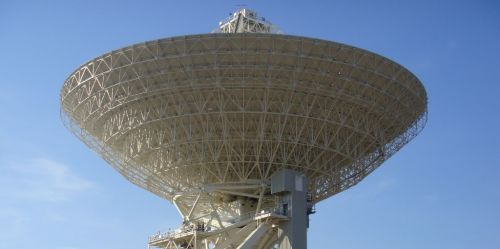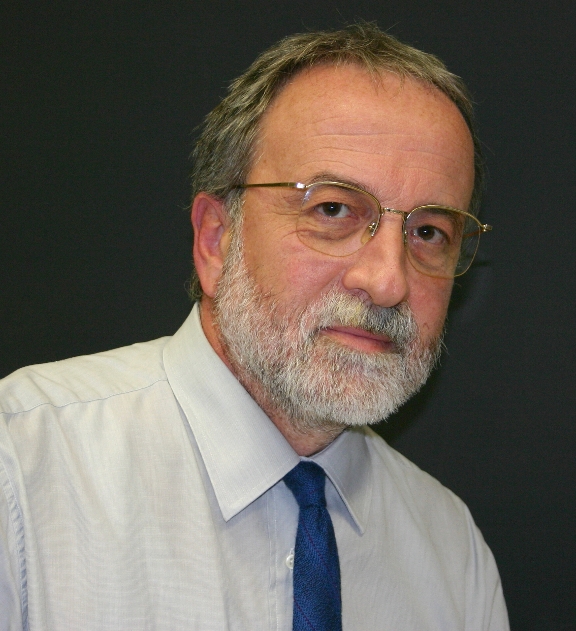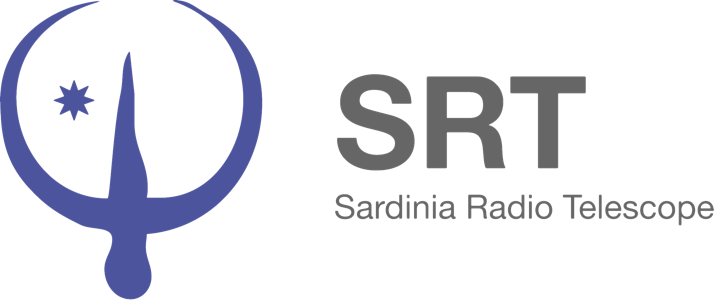News
Interview with D'Amico, SRT Director

Monday, September 30th the formal ceremony of inauguration of the Sardinia Radio Telescope will take place. The ceremony will be attended by politicians, astronomers from all over Italy and Europe, researchers from Sardinian research institutions, students and public of all ages.
It will be an important step in the history of this impressive radio telescope (64 meters in diameter and about 70 meters high).
 We asked Professor Nichi D'Amico for a comment. He was the director of the Cagliari Astronomical Observatory for eight years, currently is professor of astrophysics at the University of Cagliari, but above all he is the director of the SRT project.
We asked Professor Nichi D'Amico for a comment. He was the director of the Cagliari Astronomical Observatory for eight years, currently is professor of astrophysics at the University of Cagliari, but above all he is the director of the SRT project.
"The SRT is a great, dual challenge posed by the Italian Ministry of Research at the end of the 90s", says D'Amico. "The implementation of the SRT is in fact due to major development choices made in those years by the Ministry of Research for the strengthening of the scientific and technological network in depressed areas. Thanks to the subsequent Memorandum of Understanding among the National Research Council, the Italian Space Agency and the Autonomous Region of Sardinia, the project was further funded, and was then taken over by the National Institute for Astrophysics in 2003.
And this is the double challenge: the SRT is not only a scientific outpost for the Italian radio astronomy, but also a driving force for local development. On the occasion of the inaugural ceremony of this instrument, which is configured as a facility of international scope, it is certainly a great satisfaction to note the impact that the project has had on both the territory and the local scientific and technological development, thanks also to the attention of the Sardinian political, academic and scientific institutions. Such an impact demonstrates an exceptional process of capitalization of the original government initiative.
About forty between industrial players and professionals have been involved in the project, costed about 60 million euros, and about thirty out of them have their base in Sardinia, so that there has been a local derived employment of about 25 million euros. However, the most important thing is the process of capitalization of this initiative, which was orchestrated by the local institutions: it led to the construction of new headquarters of the National Institute for Astrophysics in Sardinia, having wide spaces for laboratories and workshops, and facilities for the public; to the inclusion of the SRT site in the regional network for supercomputing named Cybersar; to the activation of courses of advanced professional training for graduates, called " Master and Back" , which many young Sardinian people have been involved in and which is the breeding ground for the recruitment of the SRT operational team; to the activation of guided tours of the SRT site during the completion of the plant, that has gotten a couple thousand visitors per year and that, thanks to the forthcoming opening of a Visitor Center, will serve as an excellent center for scientific tourism".
Therefore, those who believe that the SRT is "just" a radio telescope, as sophisticated and impressive as it is, will probably have to think again...
